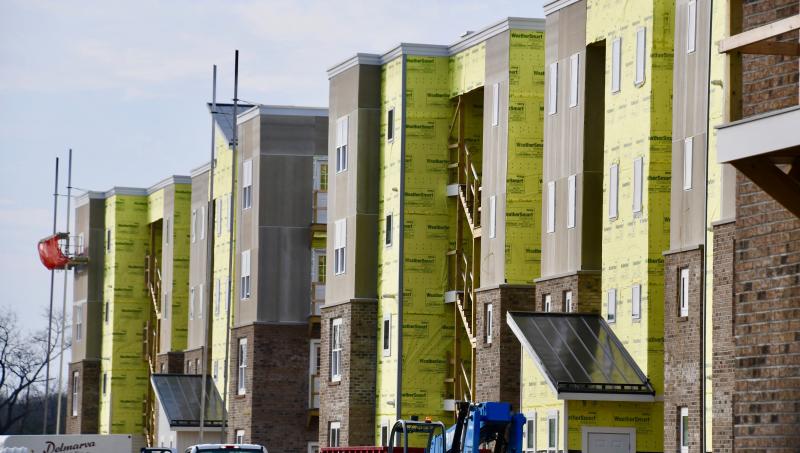Sussex officials propose workforce rental program
After several years of discussions and rewrites, an amended Sussex County Rental Program ordinance will be presented to the public.
At its March 29 meeting, Sussex County Council introduced the ordinance, which includes more incentives to entice developers to build workforce rental units in their projects. In addition, multifamily housing projects, up to 12 units per acre, would become permitted, by-right uses in defined growth areas in all residential zoning districts, without the need for rezoning and conditional-use applications and public hearings.
Projects would still be subject to preliminary and final site-plan reviews by Sussex County Planning & Zoning Commission. Currently, nearly all multifamily projects, such as apartment complexes, require rezoning and two public hearings as well as site-plan approval.
Only one project – Coastal Tide Apartments off Plantation Road near Lewes – has been built using the current workforce housing ordinance.
Robertson said the new program would offer time savings to developers. He said site-plan reviews are usually acted on within two months, while zoning changes with two public hearings take from six months to a year to reach a vote.
“There is a real shortage of affordable housing for people with low to moderate income levels, many who have full-time jobs,” said county assistant attorney Vince Robertson.
The attorney said the current program is cumbersome to developers and Sussex housing officials. “That makes it a hindrance,” he said.
About the program
Developers would be required to build 30 percent of the units as affordable units based on 80 percent of area median income. In Sussex County, that’s a household income of $60,100 for a family of four and $48,100 for a two-member family.
Coastal Tide Apartments affordable units rent for $595 a month for one-bedroom apartments, $715 for two bedrooms and $825 for three bedrooms. Market rates for the apartments are $1,525 for one bedroom, $1,725 for two bedrooms and $1,995 for three bedrooms.
The affordable units would be required to be of the same construction as other units and be interspersed within a complex.
Other proposed regulations include: perimeter buffer of 100 feet, but the width could be flexible based on proximity to neighboring developments; maximum height to 52 feet and four stories, which is a 10-foot increase from current standards; central water and sewer; 50 percent open space; sidewalks on all streets; walking and bike trails to be interconnected and permitted in the perimeter buffer; and mandatory interconnections to any commercially zoned adjoining properties.
Other proposed provisions include flexible parking standards; all views from units directed toward open space; and located no more than one-half mile from a DART route or future bus route.
All screening, rental agreements and background checks would be handled by the developer or project’s property management company, not county staff. “This gets developers more engaged with renters and puts the burden more on developers,” Robertson said.
An annual certification would be required to ensure the provisions of the ordinance are followed.
District 5 Councilman John Rieley introduced the ordinance. “This is market driven and it gets government out of the way,” he said. “The incentives make it more sustainable. This is a milestone for the county.”
Public hearings before the planning and zoning commission and county council will be scheduled in the near future.






















































